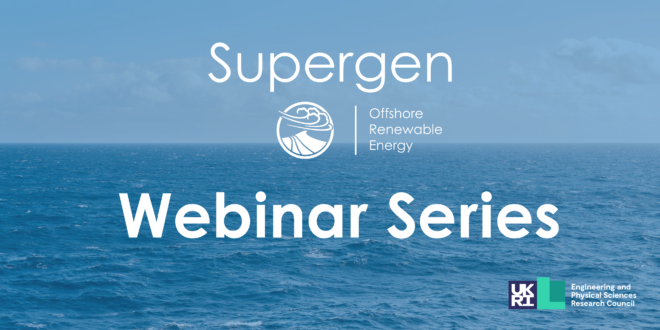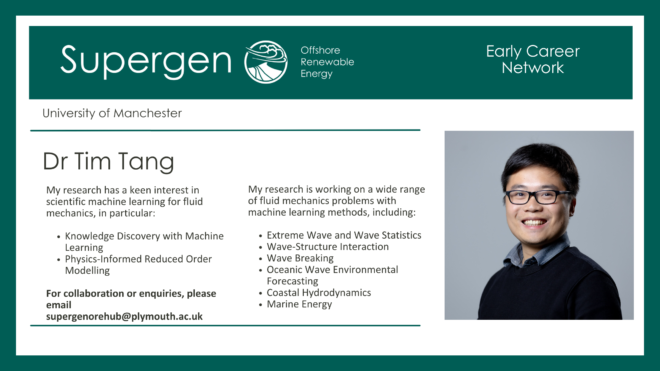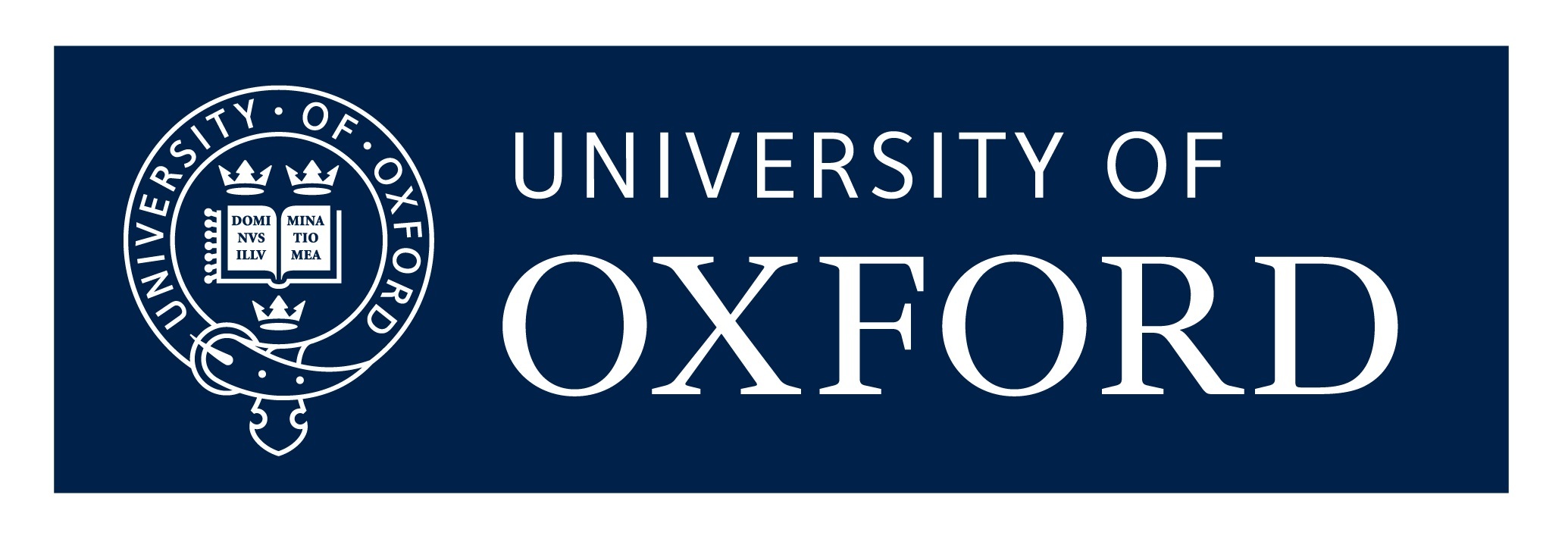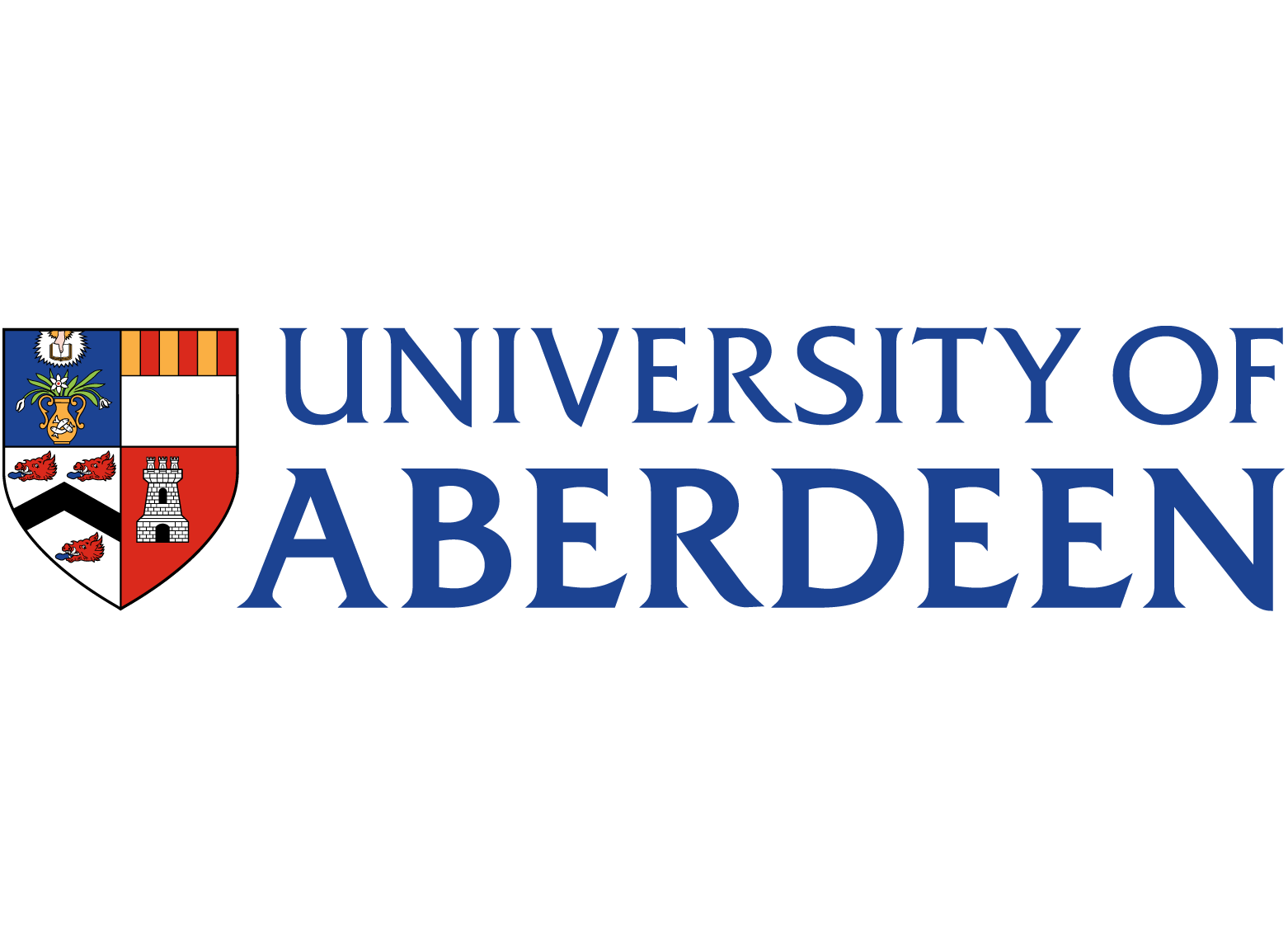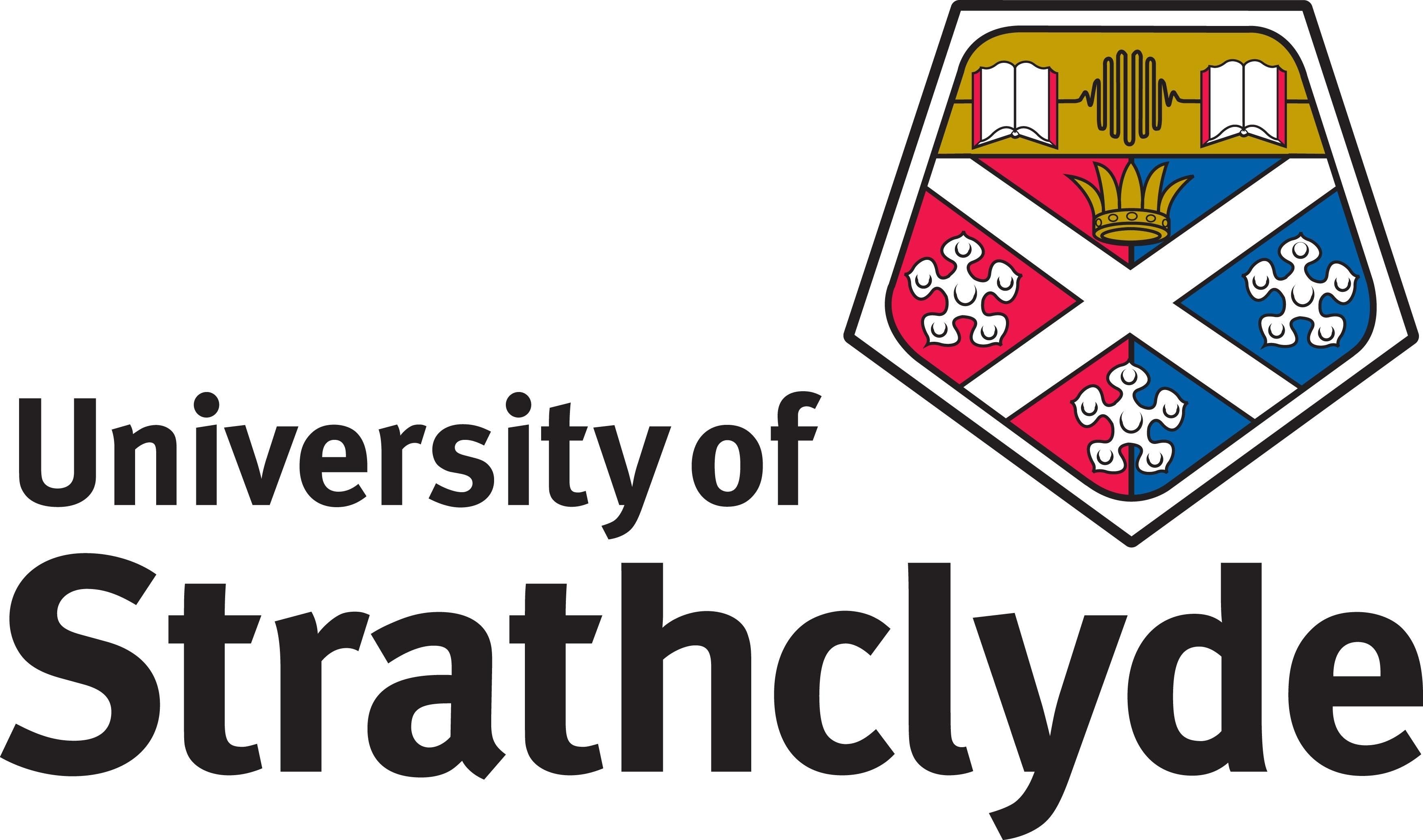About the project
Principal Investigator: Professor Paul Fromme
The rapid expansion of offshore wind electricity generation capacity over the past decades means that many existing offshore wind farms (OWF) will soon come to the end of their design life. In the UK, approximately 14 OWF, accounting for 1.2GW of power generation, are approaching this by 2030. These older offshore wind turbines (OWT) have typically been constructed using monopile foundations in shallower water depth. When reaching the end of the design life, asset owners will face the choice of decommissioning, repowering, or extending the asset life. These decisions will be driven by sustainability and cost considerations, but increased energy prices and higher construction and decommissioning costs will in many cases encourage asset life extension.
This project proposes the development of a risk-based methodology to assess the life extension of the fixed support structures of OWF. The methodology is underpinned by Structural Health Monitoring (SHM) based on Guided Ultrasonic Waves (GUW). Compared to traditional sensors, these can remotely monitor defects at critical locations below the mudline, thereby allowing a better characterization of the asset remaining useful life (RUL). The project ties in directly with current UK government policies for increased renewable electricity generation and greenhouse gas emissions reduction. OWFs will continue to play a key role in achieving these targets over the next decades.
The need for this research is driven by an ageing OWF asset base and the setting of ambitious renewable energy generation targets. The major obstacle is the robust characterisation of the risks involved in various end-of-life scenarios. This project will contribute to meeting these challenges by providing the necessary information to make risk-based decisions. Environmental loads (measured wind and wave loading, turbulence), scour/soil level (embedded length), and soil stiffness data can vary significantly from the original, conservative OWT design assumptions and affect the RUL, which calls for the probabilistic approach proposed here. The application of the novel SHM methodology to be developed for ORE monopile structures will provide the necessary data on developing fatigue cracks, pitting corrosion (or their absence within the characterized probability of detection - POD), and stress/strain levels at critical locations required for accurate RUL prediction. Together with the actual as-built conditions and operating conditions, this data will be used to characterise the actual performance compared to that assumed in design.
Life extension is of great importance for levelized cost of electricity (LCOE) calculation. Using methodologies originally developed for offshore O&G platforms and a state of the art risk-based framework, the uncertainty involved in various life extension scenarios can be systematically investigated. The possibility to extend across wind farms from individual, monitored turbines to reduce costs and improve the financial viability for lifetime extension will be assessed.
